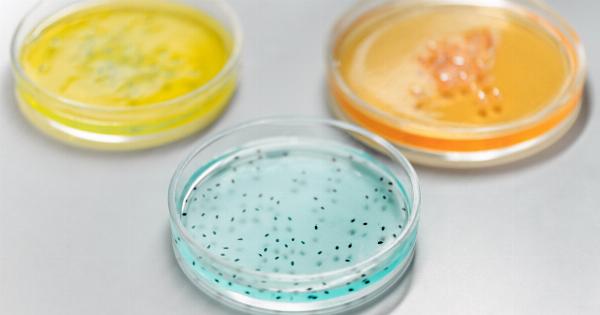Depression is a serious mental health condition that affects millions of people worldwide. While it can impact individuals of all ages and genders, teenage girls are particularly vulnerable to developing depression.
Adolescence is a time of significant emotional, physical, and social changes, making it a critical period for mental health monitoring and support. Understanding the factors that contribute to depression in teenage girls is essential for early detection, prevention, and successful treatment.
1. The Prevalence of Depression in Teenage Girls
Depression is more prevalent in teenage girls than in boys. According to studies, around 20% of girls experience depression before reaching adulthood.
The reasons behind this gender disparity are multifaceted and include biological, psychological, and sociocultural factors.
2. Hormonal Changes and Brain Development
During adolescence, girls experience a surge in hormone levels, including estrogen and progesterone. These hormonal fluctuations can influence mood regulation and increase vulnerability to depression.
Moreover, the adolescent brain undergoes significant changes, particularly in regions responsible for emotional processing. These neurobiological transformations may contribute to the onset of depression in teenage girls.
3. Sociocultural Pressures and Body Image
Teenage girls often face intense sociocultural pressures, including the media’s portrayal of beauty standards.
The emphasis on thinness and physical appearance can negatively impact girls’ self-esteem and body image, leading to feelings of inadequacy and low mood. These societal expectations, combined with the challenges of peer relationships, academic stress, and family dynamics, can contribute to the development of depression.
4. Coping with Stress and Emotional Regulation
Adolescence is a period marked by increased stress levels as teenagers navigate academic demands, social relationships, and future uncertainties.
Teenage girls may face additional stressors, such as menstruation, sexuality, and gender-related discrimination. The inability to effectively cope with these stressors and regulate their emotions can contribute to the development of depression.
5. Genetic and Family History
Depression can also have a genetic component, making individuals with a family history of the condition more susceptible to experiencing it themselves.
Teenage girls with relatives who have depression or other mental health disorders may be at higher risk. Understanding the interplay between genetics and environmental factors can help identify those at increased vulnerability and allow for targeted interventions.
6. Comorbidity with Other Mental Health Issues
Teenage girls with depression often experience comorbidity with other mental health issues, such as anxiety disorders, eating disorders, or substance abuse.
These concurrent disorders can complicate diagnosis and treatment, requiring a comprehensive and multidimensional approach to address all aspects of their mental well-being.
7. Screening and Early Intervention
Effective screening tools and early intervention are crucial for identifying and supporting teenage girls with depression.
Schools, healthcare providers, and parents play a vital role in recognizing the signs and symptoms of depression, such as persistent sadness, changes in appetite or sleep patterns, loss of interest in activities, and academic decline. Timely intervention can prevent further deterioration and promote recovery.
8. Psychotherapy and Counseling
Talk therapy, including cognitive-behavioral therapy (CBT) and interpersonal therapy (IPT), has proven effective in treating depression in teenage girls.
These approaches help adolescents identify and modify negative thought patterns, develop healthier coping mechanisms, and improve interpersonal relationships. Collaborative efforts between therapists, parents, and schools can enhance the outcomes of psychotherapy.
9. Medication and Psychiatric Support
In some cases, medication may be necessary to manage severe and persistent depression. Antidepressant medications, under the supervision of a psychiatrist, can help regulate brain chemistry and alleviate symptoms.
However, medication should always be combined with therapy and ongoing monitoring to ensure the best outcomes and minimize potential side effects.
10. The Importance of Supportive Environments
Creating a supportive environment is crucial in aiding the recovery and well-being of teenage girls with depression. This includes fostering open communication, providing emotional support, and promoting self-care practices.
School-based mental health programs, peer support groups, and community resources can also offer valuable assistance.
Conclusion
Depression in teenage girls is a complex and multifaceted issue, influenced by various biological, psychological, and sociocultural factors.
By understanding and addressing these factors, we can unlock the mystery of depression in teenage girls and provide them with the necessary support for recovery and resilience. Early detection, intervention, and a comprehensive approach involving therapy, medication, and supportive environments are essential for ensuring the well-being of teenage girls and helping them navigate their journey towards mental wellness.





























